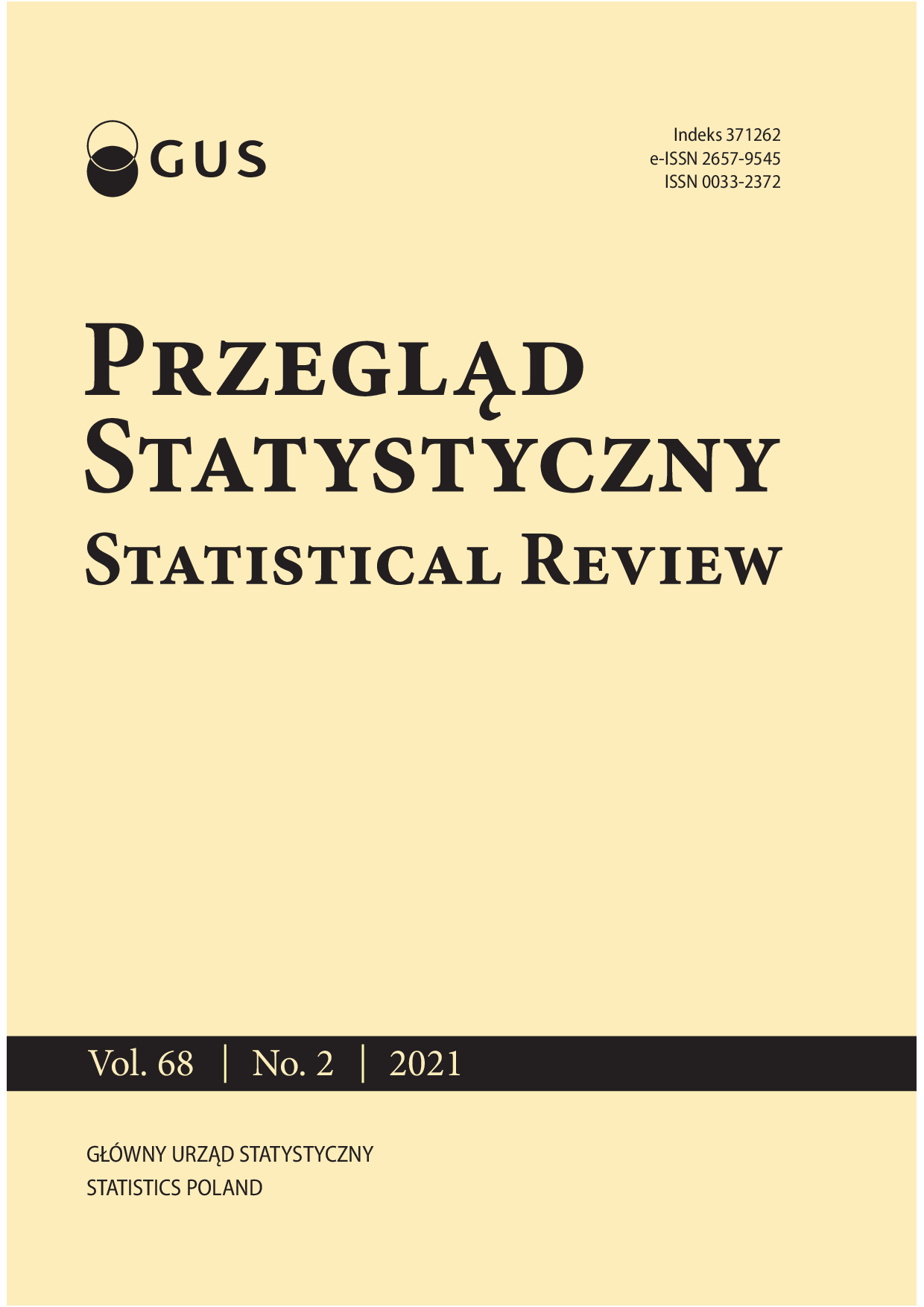How the shadow economy can be detected in National Accounts
How the shadow economy can be detected in National Accounts
Author(s): Sami Oinonen, Matti VirenSubject(s): Socio-Economic Research
Published by: Główny Urząd Statystyczny
Keywords: shadow economy; National Accounts; saving behaviour
Summary/Abstract: The paper examines how indicators of the shadow economy correspond to the National Accounts values. More precisely, we focus on household accounts assuming that the shadow economy should be visible in the difference between household income and consumption, as household (disposable) income is grossly underreported. Household consumption seems therefore to be a more accurate indicator in this context, as most shadow economy income is eventually spent on consumption. This implies that household savings figures should be negatively related to the values of the shadow economy; consequently, if the values relating to the shadow economy are high, savings should be low, or even negative, and vice versa. We verify this hypothesis using European cross-country data covering the years 1991–2017 with the application of MIMIC model calculations as a point of reference. The estimation results lend very little support to the hypothesis assuming that the shadow economy depresses household savings, even though we can otherwise explain comparatively well the cross-country variation in household savings and consumption growth rates.
Journal: Przegląd Statystyczny. Statistical Review
- Issue Year: 68/2021
- Issue No: 2
- Page Range: 20-37
- Page Count: 18
- Language: English

